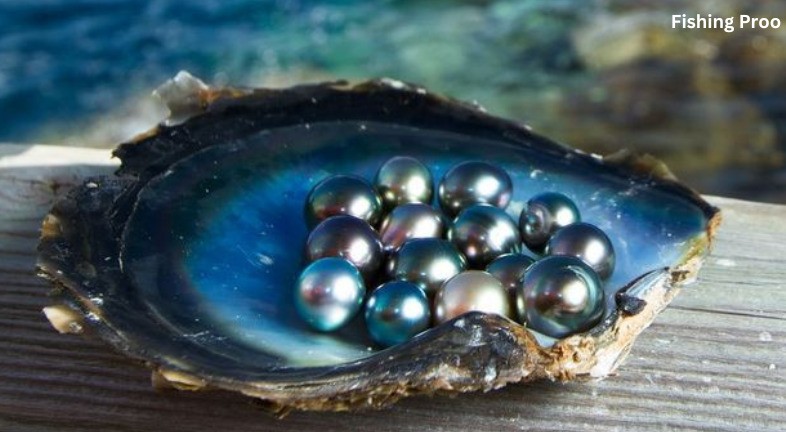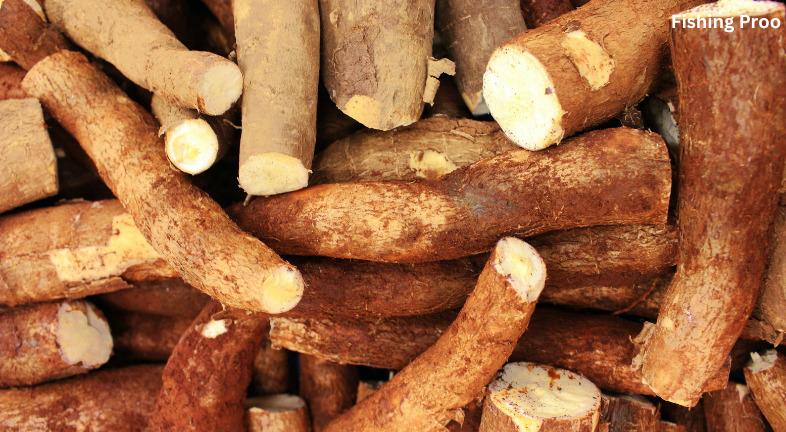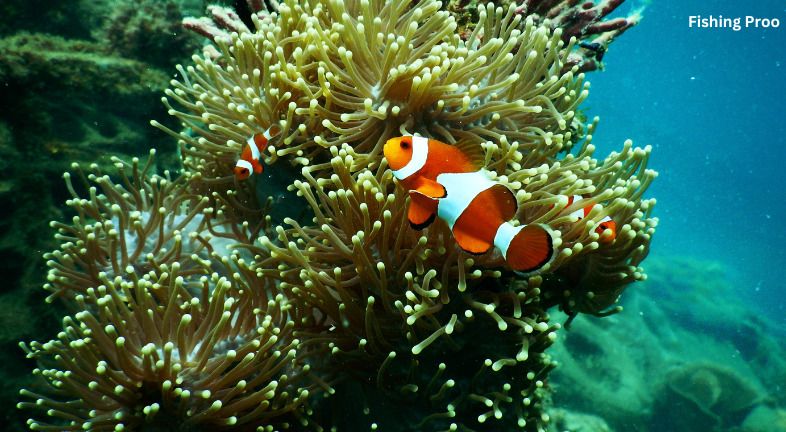People all over the world love boba tea, a sweet tea-based drink, because it has chewy spheres that swirl in it. However, there is a persistent myth behind all the sweet fun: are the chewy pearls in boba tea really fish eggs?
Hold on tight to your straw, because the answer is a resounding no! The real story of Boba is much more beautiful and less aquatic. So let’s explore the fascinating history and components of these alluring boba pearls—not into fishy waters, I promise.
Popping boba also known as bursting boba has become a wildly popular topping for bubble tea, smoothies, and other fun drinks. The little colorful balls filled with juice provide a burst of flavor when you bite into them. But some people have theorized that popping boba is actually made from fish eggs or roe. Is there any truth to this claim or is it just a myth? Let’s examine the facts.
What is Popping Boba?
Popping boba are small jelly-like spheres typically ranging from 2 to 8 mm in diameter They have a thin outer seaweed-based shell and contain an interior filled with juice or another flavored liquid. Common flavors include mango, strawberry, passionfruit, honeydew, and lychee When you bite into the boba, the liquid filling bursts to provide a flavorful juicy pop.
Popping boba has a chewy, gummy texture similar to tapioca balls, but with that added burst of liquid. It originated in Taiwan in the early 2000s and became popular worldwide as a fun new topping for bubble tea.
How is Popping Boba Made?
Popping boba is made using a process called spherification, which uses natural ingredients to create the gel-like shell and encapsulate the flavored liquid interior. Here are the main ingredients and steps:
- Sodium alginate – extracted from brown seaweed to create the outer shell
- Calcium lactate – reacts with sodium alginate to cause spherification
- Fruit juice – provides liquid filling and flavoring
- Food coloring – optional to give boba fun colors
The process involves mixing sodium alginate into fruit juice, then dripping the mixture into a bath of calcium lactate solution. The calcium ions cross-link with sodium alginate to instantly form a thin gel membrane that creates the boba shape and seals in the juice.
Why Do People Think It’s Fish Eggs?
There are a couple reasons why some individuals mistakenly believe popping boba contains fish eggs:
-
Appearance – Unflavored boba pearls look similar to fish roe before being colored and filled. The small, clear spheres resemble sturgeon caviar.
-
Texture – When you bite into popping boba, the interior liquid bursts out in a way that can seem akin to fish eggs popping. The boba’s gel membrane is also delicate like a real egg sac would be.
-
Name confusion – The word “boba” sounds close to “roe”, leading some to automatically associate the two.
So purely from a visual and textural perspective, there is some resemblance between unflavored popping boba and fish eggs. But the ingredients and production process reveal no actual fish roe is used.
Are There Any Types Made with Real Fish Eggs?
While standard popping boba contains no seafood ingredients, there have been some reports of novelty versions made with real fish roe:
-
A few bubble tea shops have experimented with salmon roe popping boba. The fish eggs provide a salty, umami pop of flavor when bitten into.
-
Some manufacturers even produce custom caviar-like boba made from fish roe for special events or molecular gastronomy. These are not common.
-
Fish egg popping boba is rare and is usually advertised as containing roe if that’s the case. Most popping boba has no fish-derived ingredients.
Why Use Plant-Based Ingredients Instead of Fish Eggs?
There are several advantages to using sodium alginate, fruit juice, and natural colors rather than real fish roe:
-
Cost – Fish eggs like salmon roe are extremely expensive compared to plant extracts. Keeping costs down makes boba affordable.
-
Flavor – Fruit juices offer wider flavor variety like mango, lychee, and strawberry. Fish roe has a narrow umami taste.
-
Texture – Plant-based boba can be formulated for an optimal firm-but-chewy bite. Fish eggs are more delicate.
-
Appeal – Fruit-flavored bursting boba has very broad appeal as a fun treat. Fish roe may be too acquired of a taste.
-
Dietary restrictions – Plant-based allows for vegan, vegetarian, kosher, and halal options. Fish eggs exclude some groups.
Can I Make Popping Boba at Home?
Yes, it is possible to DIY popping boba at home using a few inexpensive ingredients:
- Sodium alginate powder
- Calcium lactate powder
- Unflavored gelatin
- Fruit juice of your choice
- Optional: food coloring, sweetener
The process involves mixing sodium alginate into juice, then dropping it into a calcium bath to form the spheres. Letting them soak for a few minutes allows the membrane to properly set. Then you simply rinse and refrigerate until ready to use.
The Verdict: Popping Boba ≠ Fish Eggs
After analyzing the production method, ingredients list, and reasons for using fruit-based options, it’s clear that standard popping boba does not actually contain any type of fish eggs or roe.
The resemblance is only surface-level, in the appearance and textural pop when bitten into. But under the thin gel membrane is simply a plant-derived shell enveloping a sweet fruity liquid, no fish involved!
So next time you see those colorful little balls in your drink, you can sip and chew with confidence knowing they weren’t harvested from a fish. Popping boba provides a fun burst of flavor, an intriguingly different texture, and overall whimsical experience for people of all ages – no questionable caviar needed.

Past the Black Pearls

Black tapioca pearls are the traditional choice, but the world of boba is full of exciting new flavors and shapes. One way to make bright colors like neon orange, pink, or green is to use natural extracts or food coloring. A layer of unexpected flavor surprise is added when fruity or creamy contents burst through certain pearls. There is popping boba made with popped quinoa or chia seeds for people looking for a healthy option.
The Relevance of Cassava

The common cassava root gives rise to boba pearls, sometimes known as tapioca pearls. This native of South America is a starchy tuber that transforms magically. To make the chewy, clear pearls that are associated with boba tea, cassava starch is extracted, cleaned, and cooked with brown sugar and water.

Boba tale originated in Taiwan around the 1980s. Some say that sellers started adding chewy tapioca balls to iced teas to make them taste different. Others say that the creative students who made bubble tea by trying out ingredients that were easy to get, like cassava, deserve credit. Regardless of its origins, boba’s appeal quickly grew, enticing palates and across continents.
Watermelon popping boba ✨
How to make popping boba?
As mentioned previously, the main chemical additives while making popping boba is sodium alginate and calcium salt (we use calcium lactate in our recipe). Fruit juice provides the bulk of the pearl. We recommend sweetening it with sugar beforehand and adding a little food colouring if you want a vivid colour.
How do you make popping boba balls?
To make popping boba balls using our recipe, simply follow these steps: Take two cups of water (tap water works fine!) and add in 2 teaspoons of calcium lactate. Mix it until the powder all dissolves to form a colorless solution. Next, take your fruit juice and add it to the blender. Add in the sodium alginate.
What is popping boba tea?
Popping boba has a thin gel-like exterior that easily pops. Bubble tea and yogurts, ice creams, and other juices increasingly use these tiny drops of heaven. Common flavors of popping bobas include mango, strawberry, green tea, honey melon, pomegranate, and orange. For all you Boba tea lovers, also check out How To Make Boba At Home.
Is popping boba a protein or fat?
However, please note that it contains no protein and no fat since it is made with a beverage. Fruit pearls, as the name suggests, are made using mainly fruit juices. Mango, lychee and strawberry are among the popular popping boba flavours offered at tea shops.
